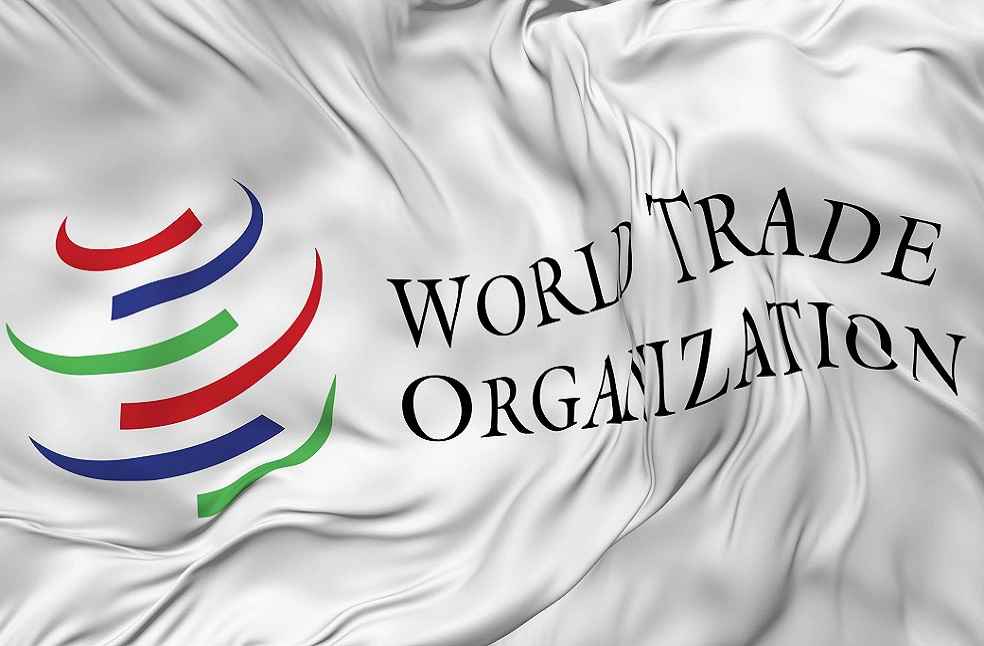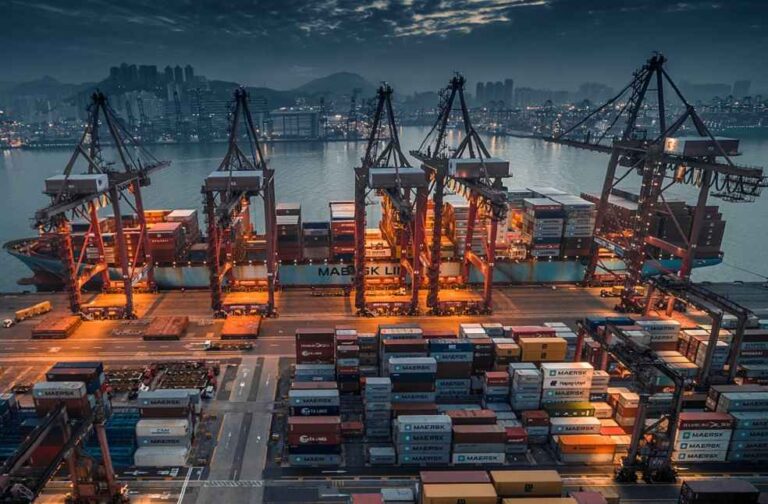The World Trade Organization (WTO) unveiled predictions on Wednesday, forecasting a progressive surge in global commerce throughout the current year, extending into 2025. This rebound signals an easing of the negative impacts associated with elevated inflation rates, as delineated in the organization’s ‘Global Trade Outlook and Statistics’ report.
Projections indicate a 2.6% escalation in total global trade volumes for 2024, with an additional 3.3% upswing anticipated for 2025. These figures contrast sharply with the preceding year’s 1.2% contraction, a consequence primarily attributed to the fallout from inflationary pressures and the repercussions of escalated interest rates on international commerce.
Ralph Ossa, the WTO’s chief economist, conversing with CNBC’s Silvia Amaro, ascribed the expected trade resurgence to “The reason for this pickup is basically the normalization of inflation and also the normalization of monetary policy, which has been a drag on trade in 2023″. The forthcoming recovery promises to be extensive, with significant advancements anticipated across Europe. The continent faced profound declines in trade volumes the previous year, largely due to geopolitical tensions and the energy crisis instigated by Russia’s comprehensive invasion of Ukraine.

Despite these optimistic forecasts, the WTO underscores that geopolitical tensions persist as a significant threat to the international trade ecosystem. The protracted conflict between Israel and the Palestinian militant group Hamas, for example, could precipitate substantial trade disruptions, particularly if the situation exacerbates to affect energy markets.
Furthermore, the WTO report illuminates concerns regarding international trade ‘fragmentation’ along geopolitical demarcations. An analysis predicated on U.N. voting patterns disclosed diminished trade growth between certain ‘hypothetical geopolitical blocks’ compared to within them. For instance, the U.S. and U.K. have demonstrated aligned positions on various international disputes, including the Russia-Ukraine conflict, whereas China and South Africa have showcased divergent viewpoints.

This fragmentation is particularly notable between the global economy’s two titans, the U.S. and China, with trade growth between them significantly lagging compared to their commerce with other nations. This shift underscores evolving dynamics in global trade relationships, further exacerbated by recent trade frictions. Notably, comments from U.S. Treasury Secretary Janet Yellen did not preclude the imposition of tariffs on Beijing over alleged unfair trade practices, mirroring calls by European Commission chief Ursula von der Leyen for a more stringent stance against China.
While the WTO’s report abstains from providing China-specific forecasts, it predicts a 3.4% rise in Asia’s exports in both 2024 and 2025. Despite the broadly positive outlook, the WTO remains circumspect, highlighting potential sector-specific variances that could emerge amid the ongoing geopolitical and economic challenges.
BUSINESS GENERAL | China and Russia Forge Ahead with Advanced Cooperative Prospects



